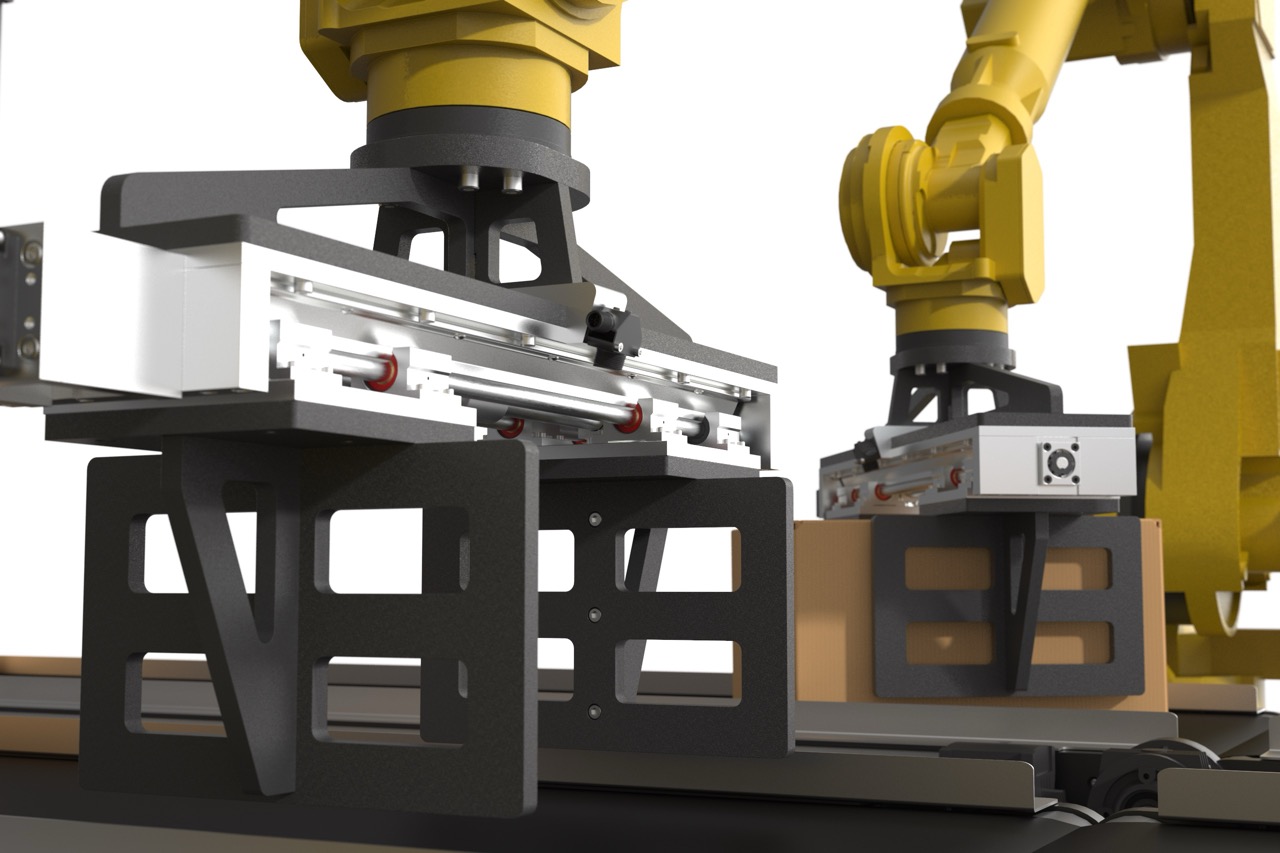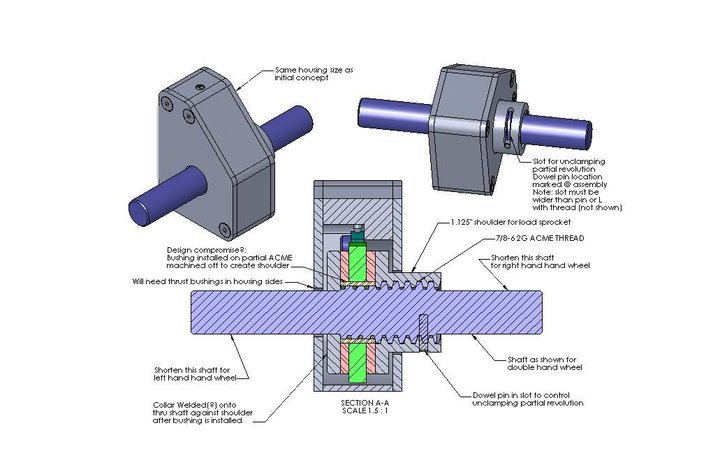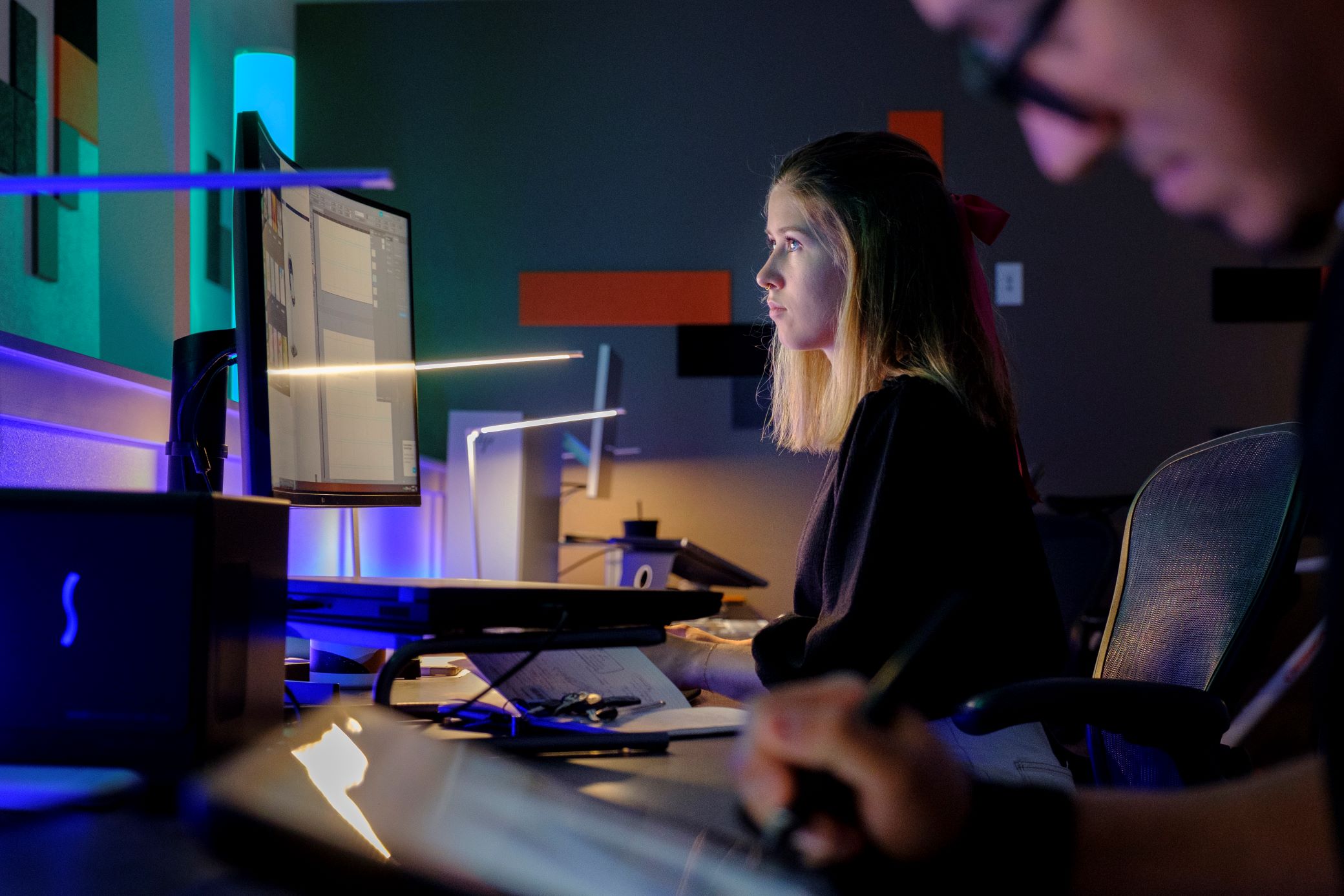In the world of manufacturing automation, two key concepts often get conflated: innovation and integration. While both are critical for advancing automation systems, they serve distinct roles in the development and scaling of cutting-edge manufacturing processes. Understanding the difference between innovation in automation and integration in automation can help manufacturers and product developers choose the right approach for their specific needs.
At SGW Designworks, we believe in the power of innovation to drive forward-thinking solutions. Our focus is not limited by the established norms or industry-specific histories that often confine many players in the automation space. Instead, we leverage a broad range of ideas from various fields, applying creative design thinking to explore what’s possible in automation. This approach stands in contrast to traditional integrators who, while skilled and vital to scaling systems, often focus on assembling existing technologies into cohesive systems rather than challenging what’s possible with new technologies and approaches.
Innovation in Automation: A Creative Process
Innovation in manufacturing automation goes beyond the assembly of existing components. Companies focused on innovation, like SGW Designworks, think outside of the box and challenge the constraints of traditional approaches. Rather than being tethered to what’s been done before, innovative companies are free to explore unconventional solutions and draw inspiration from other industries, technologies, and applications.
For example, an integrator may look at an existing conveyor belt system and think of ways to optimize its components—adjusting motors, sensors, or control systems. An innovator, on the other hand, might ask, “Do we even need a conveyor belt? Is there a more efficient way to move products within this specific manufacturing process?” This freedom to challenge assumptions allows for truly groundbreaking advancements that can redefine processes, improve efficiency, and lead to entirely new categories of equipment.
Much like in product design, innovation in automation involves idea generation, concept refinement, and creative problem-solving. This iterative process enables innovators to pursue bold ideas, prototype them, and evaluate their feasibility before moving into production. Innovation-driven companies do not stop at making slight improvements to existing systems; they focus on discovering entirely new ways to automate tasks, reduce human involvement, and increase precision in manufacturing environments.
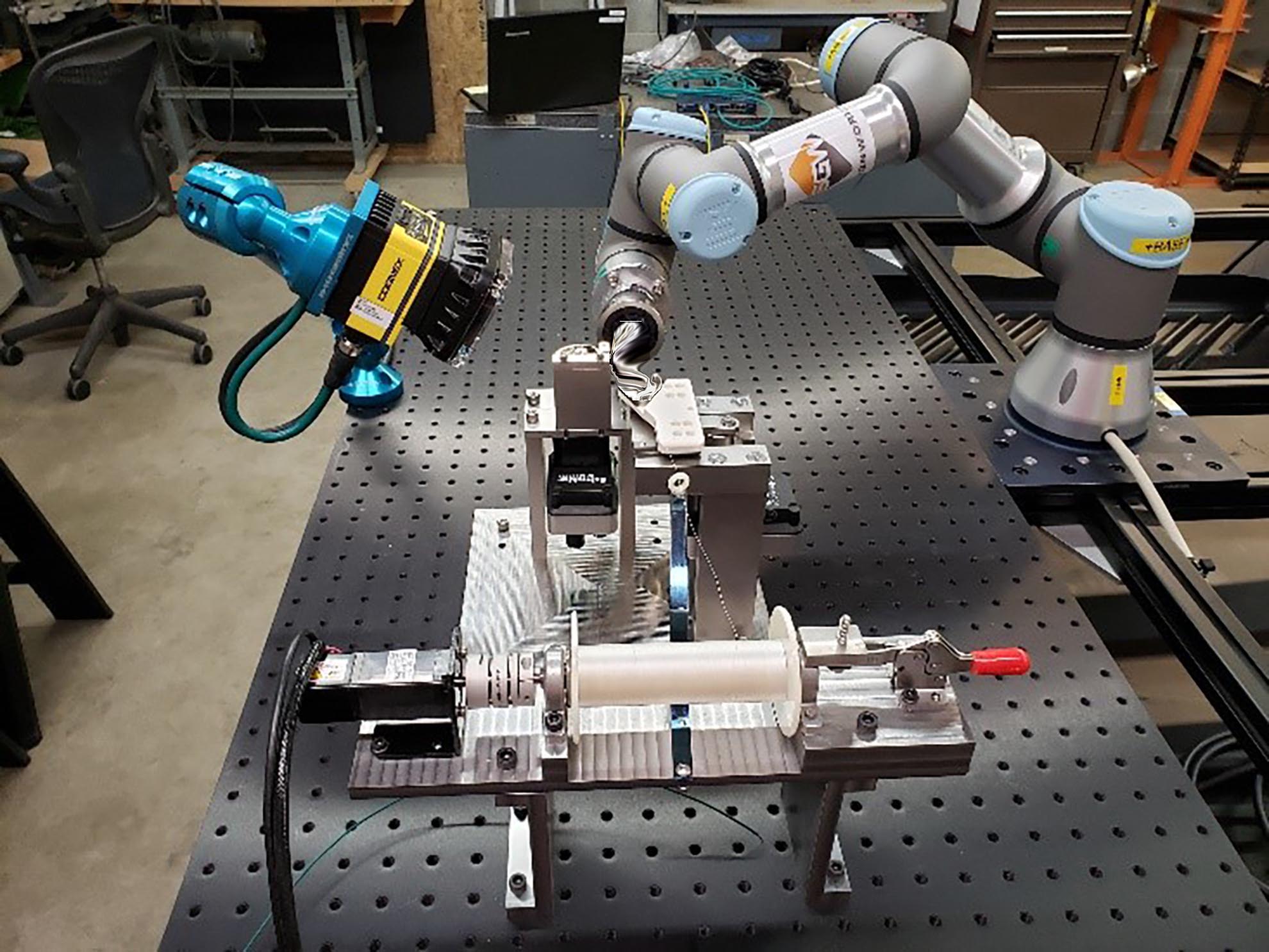
The Role of Integration in Automation
While innovation is crucial for discovering what’s possible, integration plays an equally important role in implementing and scaling solutions. Integrators excel in taking well-established components, technologies, and methods and combining them into seamless systems. They focus on making sure these components communicate properly, work in harmony, and are optimized for long-term, reliable operation.
Integrators are essential when a manufacturing process needs to be scaled up to full production. They ensure that all the pieces of the puzzle fit together, and they provide the fine-tuning necessary for systems to operate efficiently and consistently over time. The steady-state production systems that integrators build are critical for mass production environments, where reliability and repeatability are paramount.
In this way, integrators and innovators complement each other. While innovators push the boundaries of what’s possible, integrators create the frameworks that allow these innovations to be implemented on a large scale. For instance, once a proof-of-concept machine designed by an innovation-focused company like SGW Designworks is validated, an integrator would step in to scale it up, refining the design and ensuring that it can operate effectively in a high-volume, production-line environment.
{{cta}}
Proof-of-Concept Machines: The Intersection of Innovation and Integration
One of the key deliverables of an innovation-driven approach to automation is the proof-of-concept machine or automation cell. This prototype represents a tangible demonstration of an idea, showcasing its functionality and potential before committing to full-scale production.
A proof-of-concept machine is typically used to test new ideas and validate assumptions in a controlled environment. It allows companies to explore whether a novel approach to automation can actually solve the intended problem, and it provides a platform for further development and refinement. The flexibility of a proof-of-concept machine means that adjustments can be made, components swapped, and new features tested before moving to the next stage of development.
For example, at SGW Designworks, we may develop a proof-of-concept machine that introduces a new way of handling delicate materials in an automated environment. The machine would undergo rigorous testing to determine if it meets the desired performance metrics. If the proof of concept is successful, the next step might be to work with an integrator to further develop the system for large-scale manufacturing, ensuring all components work together smoothly and efficiently.
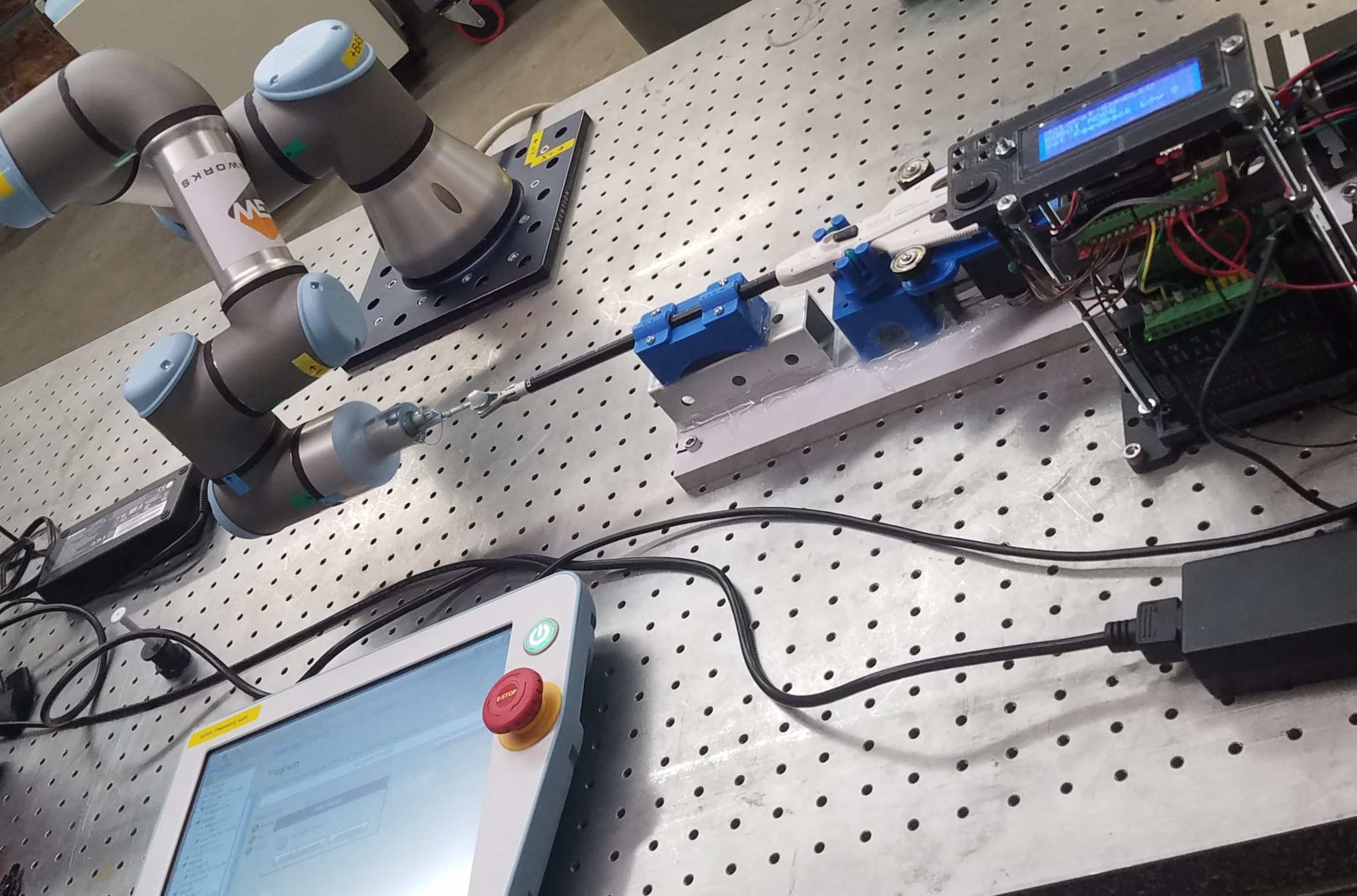
The Bottom Line
At its core, the difference between innovation and integration in automation comes down to exploration versus optimization. Innovators are the explorers, willing to take risks, test new ideas, and challenge industry norms. They bring creative approaches that push the boundaries of what automation can achieve. Integrators, on the other hand, are the builders who take these innovative ideas and make them scalable, reliable, and efficient for widespread use.
Both innovation and integration are essential for advancing manufacturing automation, but each plays a unique role. Without innovators, there would be no new technologies to integrate. Without integrators, innovative technologies wouldn’t reach their full potential in production environments.
At SGW Designworks, we pride ourselves on our ability to innovate, taking ideas from concept to reality through proof-of-concept machines and beyond. We see innovation as the starting point of every great solution, with integration playing an equally important role in bringing these solutions to the world.
.jpg)
